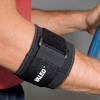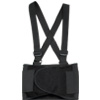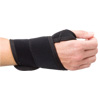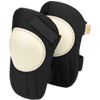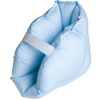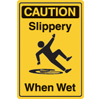Occupational Back Supports & Braces Use
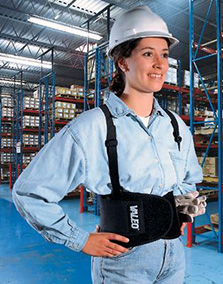
Back and knee injuries are all too common in the workplace. Preventing workplace injuries such as back strain, knee issues, etc. help keep workers pain-free and productive. Occupational Safety and Health Administration (OSHA) encourages workers to learn proper lifting techniques, and ergonomic practice, but do not list supportive braces as a compliance requirement.
Back Supports
"Back supports" is a general term that refers to corset-style belts used in lifting as well as cushions added to office chairs or work vehicles. Adding ergonomic back supports to workplace seating helps with lumbar support, and keeping the spine in a natural curve.
Many workers and employers appreciate the support back braces provide, and use them daily. OSHA and The National Institute for Occupational Safety and Health (NIOSH) both want employers to offer proper safety training and ergonomics as the primary way to guard against back injuries. They do not endorse or forbid the use of back braces. The use of industrial back braces is voluntary.
Proper lifting techniques help protect the back. Employees should be properly trained on how to lift heavy objects. Encourage staff to ask for help if needed, and not overdo it. Try to make the load lighter if possible and have a clear path.
Knee Pads and Braces
Knee supports or braces are used primarily by people who have suffered an injury such as torn ligaments and need extra support as they heal.
Knee pads are used frequently on the job to help support and protect the patella, or knee cap, from injury. If performing a job where kneeling is required, knee pads can ease the stress and keep employees more comfortable as they work.
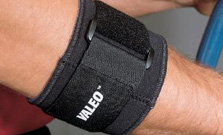
Hand and Wrist Braces
Wrist braces help immobilize the joints, and typically are used by people who need extra support as they heal from an injury, such as carpal tunnel. In some cases, wrist supports are worn by workers or bodybuilders who are lifting heavy objects. The extra support around the wrist and hand may help protect against strain and sprains, as it keep the wrist in a proper neutral position.
Shop Occupational Back Supports & Braces
NOTE: This information is a summary interpretation and was prepared as general reference material only. This summary is not authoritative as laws can be amended over time. For specific compliance requirements and updates, please refer to the actual code language and the statute or legal counsel.

